Smarter Systems.
Seamless Decisions.
Smarter Systems.
Seamless Decisions.
We build AI solutions that think with your business. From automated insights to conversational systems, our enterprise-grade platforms are designed for intelligence, security, and impact — custom-fit to your goals.



